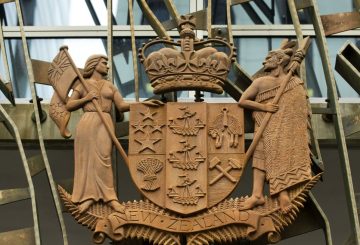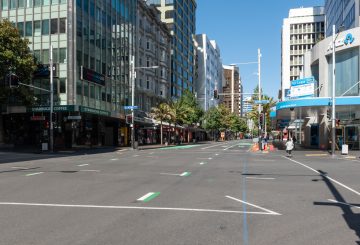11月5日(土)はガイ・フォークス・デー。多くの人が自分で花火をする習慣がありますが、ニュージーランド消防局は、花火を安全に使用するためのルールを発表しています。
全国的に強風が予想されているため、今年は細心の注意を払う必要があるとサービスは述べています。花火大会はプロに任せた方がいいくらいです。
ただし、自分で花火を打ち上げる場合は、次のことを知っておく必要があります。
Yes:
- 花火は自宅の裏庭で行い、公共の場では行わないこと。このルールに違反すると、最高20,000NZドルの罰金が科される可能性があります。
- 風の強い夜ではなく、穏やかな夜に花火を打ち上げましょう。風は火花を火災に変える可能性があります。
- 万が一の火災に備えて、水のバケツやホースを近くに置いておきましょう。使用済みの花火はすべて水に浸してから捨ててください。
- 近所の人に予定を伝え、ペットは中に入れておきましょう。
No:
- 公共の公園で花火をすることは禁止されています。
- 花火をするときは、お酒を飲まないでください。
- 花火は横ではなく、上に向けて打ちましょう。他の人に向けてはいけません。
ニュージーランドの一部の地域には、特別なルールがあります。
- ノースランドでは、カリカリ半島、アヒパラ郡区およびその周辺地域で、個人で花火をすることが禁止されています。禁止期間は11月2日から来年の4月30日までです。
- オークランドでは、年間を通じて午後5時から午後10時30分の間のみ、個人で花火をすることができます。ニュージーランドの他の地域と同様、公園や道路を含むすべての公共空間での花火は禁止されています。焚き火に関しては、ビーチや公園を含む公共の土地で焚き火をする場合、オークランド市は事前に承認を与える必要があります。自分の所有地で焚き火をすることは違法です。
- クイーンズタウン湖水地方では、年間を通して焚き火を禁止している場所がいくつかあります。クイーンズタウンレッド、ピッグアイランド、アルバートタウン保護区およびキャンプ場、コロネットフォレスト、マウントアイアン、ピジョンアイランド、ルビーアイランドがそれにあたります。
詳細について、または何をすべきかわからない場合は、checkitsalright.nzをご覧ください。





























































